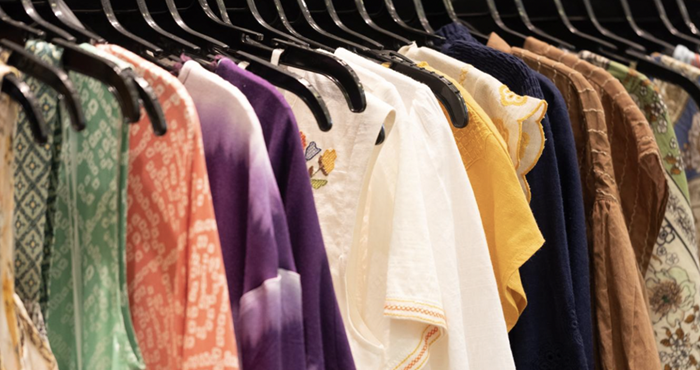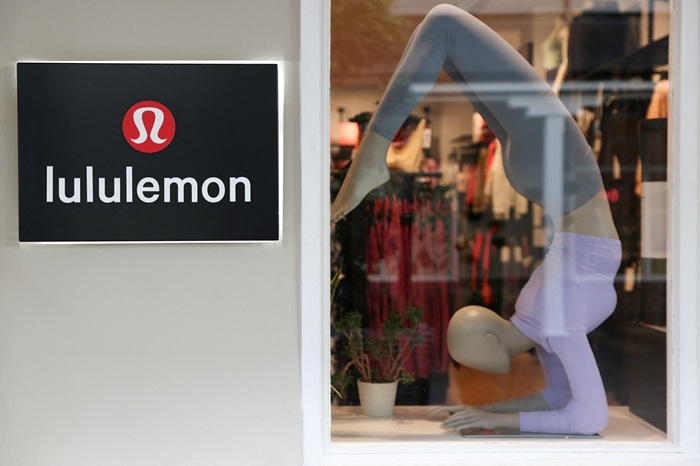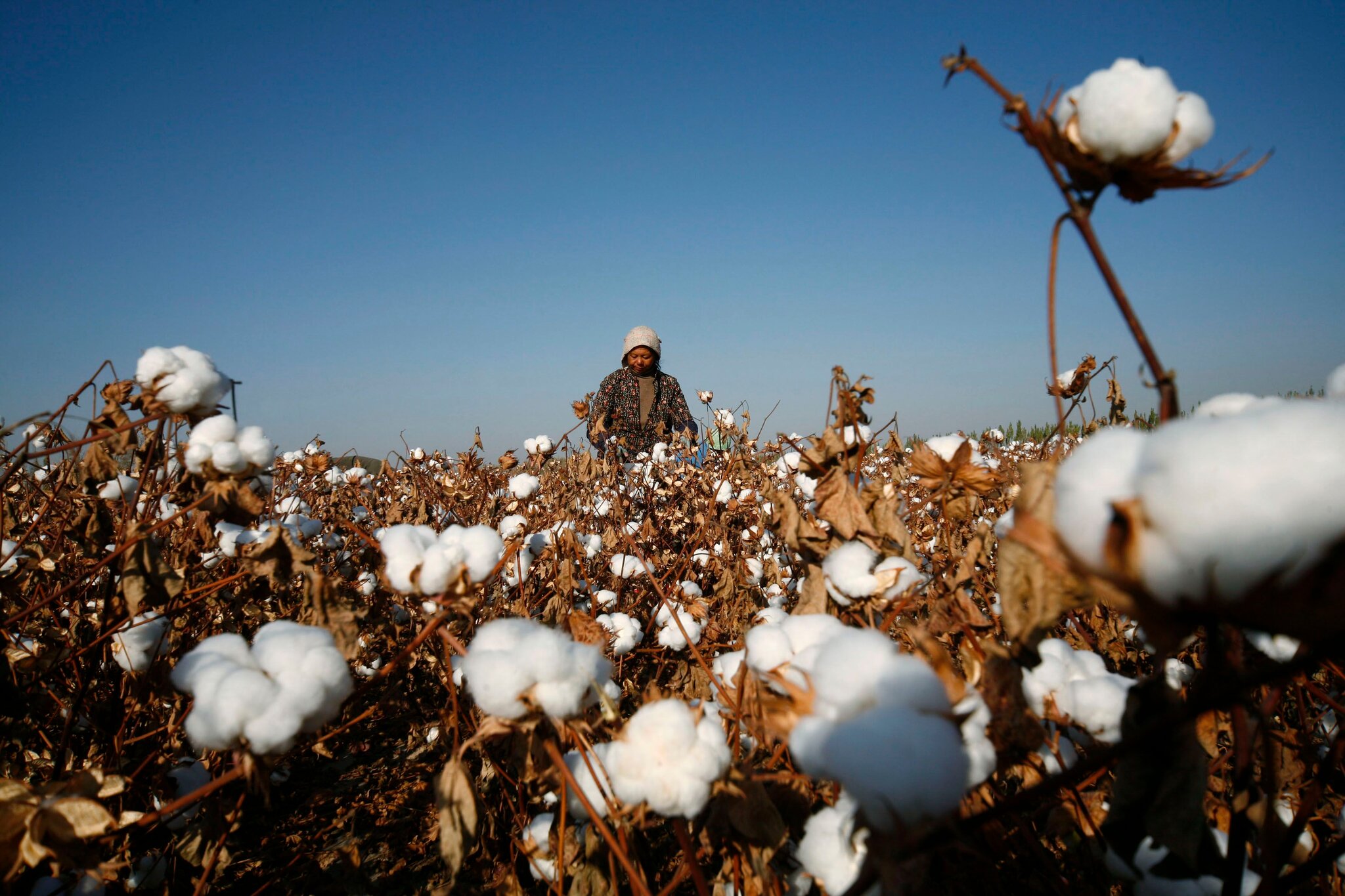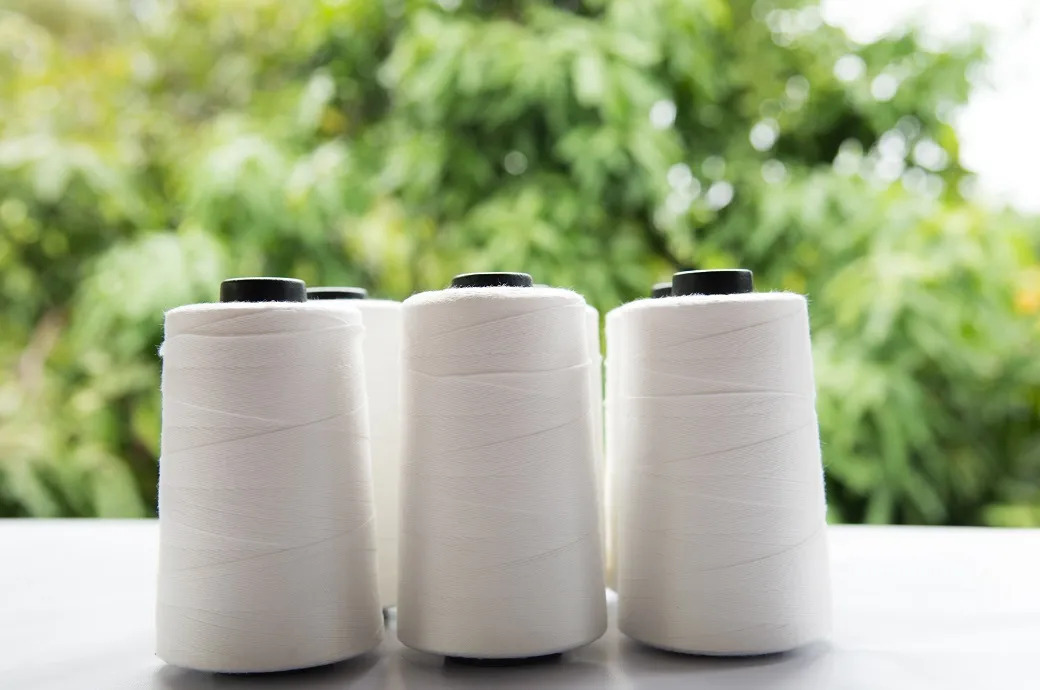India’s home textile export sector grew by over 10 per cent during the first nine months of FY 2025, a sharp rise compared to approximately 3 per cent in FY 2024. This growth was driven by a robust global demand, strategic inventory replenishment by international retailers, and ongoing vendor diversification efforts across export markets.
The United States remained India's top export destination for home textiles, accounting for 56 per cent of the market in the first nine months of FY 2025, a slight decline from 59 per cent in FY 2024. The sector’s medium-term momentum, however, hinges on the resolution of U.S. tariff uncertainties and the outcomes of free trade agreements with the European Union and the United Kingdom.
Rising consumer interest in home décor and wellness also contributed to the growth. The carpets/floor coverings and bed, table, toilet, and kitchen linen segments expanded by roughly 13 per cent Y-o-Yduring the first three quarters of FY 2025. In contrast, categories such as blankets and general furnishings showed slower growth.
Although US retail sales at furniture and home furnishings stores declined by 2 per cent Y-o-Y year-over-year in calendar year 2024, signs of recovery emerged in Q4 with a 5.5 per cent Y-o-Y, signaling improving consumer sentiment.
According to ICRA, four key companies—representing about 50 per cent of the sector—posted a 14 per cent revenue increase in FY 2024, backed by strong export volumes, domestic demand, and inorganic expansions. However, revenue growth moderated to around 8 per cent in the first nine months of FY 2025.
ICRA forecasts industry revenues to grow by 7-9 per cent in FY 2025, fueled by rising volumes, higher realizations, and supportive macroeconomic factors such as the ‘China Plus One’ sourcing strategy, post-pandemic inventory normalization by global importers, and favorable exchange rates.
On the cost front, while raw material prices have remained relatively stable during FY 2025, rising logistics and operational expenses are expected to compress operating margins by 100–150 basis points—bringing margins into the 13–15 per cent range. In FY 2026, margins are expected to stabilize, supported by consistent export incentives, currency tailwinds, and enhanced operational efficiencies through scale.












